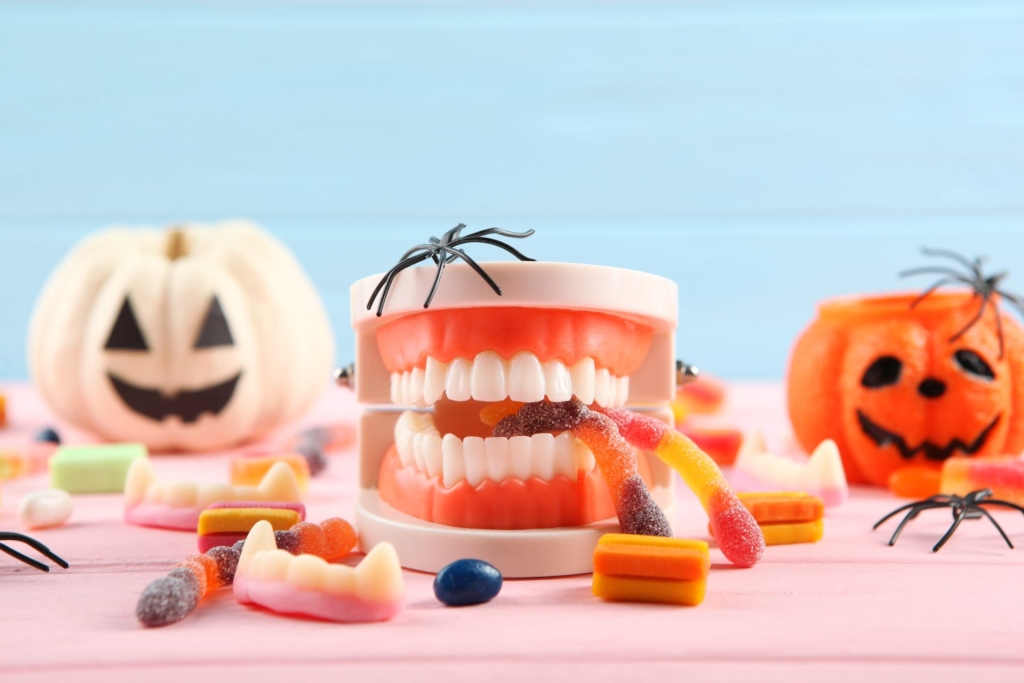National Family Caregivers Month – Take Time for You
November is a time to support and honor our nation’s caregivers as part of National Family Caregivers Month. These special individuals devote their lives to providing empathetic care for their family members or friends who are elderly, ill, or disabled. The demands of caregiving can be challenging, overwhelming, and tiresome. It can also be rewarding and fulfilling. Caregivers often give so much of themselves to those they care for, that they are often too tired to care for themselves.
Common family caregiver experiences may include:
- Tiredness – Most individuals caring for a loved one also work outside of the home in addition to their caregiving responsibilities.
- Depression – The demands of jugging multiple responsibilities or seeing your loved one age or change due to illness or varied ability can be upsetting. There is no shame in feeling upset or overwhelmed.
- Diminished relationships – Caregiving is not a 9-5 job. A loved one may need care around the clock. The emotional, physical, and time demands of care giving may interfere with other relationships.
- Lack of self care – Caregivers often neglect their own self-care in order to provide for their loved one. This can include not attending medical appointments and not participating in leisure activities.
Caregivers care for their loved ones due to a sense of responsibility, a cultural norm, self-fulfillment, and love. We honor those who provide and recognize the increased difficulty of caregiving, especially since the Covid pandemic.
If you are a family caregiver, here are some useful tips:
- Seek support from other caregivers: If you have others that are willing to help try to be open to splitting responsibilities. You do not have to do this alone. Also be sure to check out Family Caregiver Support Groups.
- Increase your own self-care: Make your own mental and physical health a priority and reach out to your physician or mental health counselor if needed.
- Take a break when you can: Whether it’s a quick nap, sleeping in, or doing something that is relaxing, be sure to take time for yourself.
- Give yourself credit: You are doing one of the toughest jobs out there. Don’t forget to acknowledge something that went well for you each day and look to that when you need a pick-me-up.
Join us in acknowledging families who are often caregiving for loved ones all day, every day. That means around-the-clock dedication, organization, responsibility, scheduling, and hands-on care. Family caregivers do tremendous work for their family member, neighbor or friend and they deserve support and appreciation. Our team of mental health providers can offer some helpful tools to help. Call 480-882-4545 to schedule an appointment with a NOAH provider.
Sources
- National Alliance for Caregiving and AARP. Caregiving in the US 2020. Found on the internet at https://www.caregiving.org/research/caregiving-in-the-us/caregiving-in-the-us-2020/
- AARP. Valuing the Invaluable 2019 Update: Charting a Path Forward. AARP Public Policy Institute. Nov. 14, 2019. Found on the internet at https://www.aarp.org/ppi/info-2015/valuing-the-invaluable-2015-update.html



